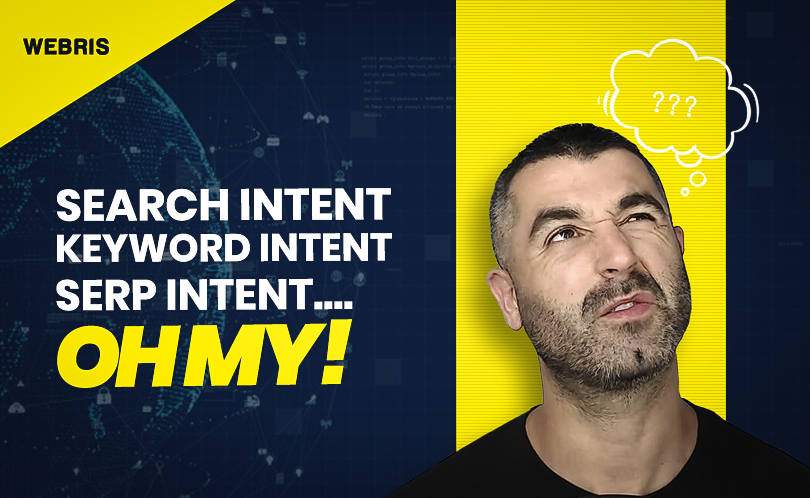
Search Intent, Keyword Intent, SERP Intent…Oh My!
Every search in Google holds a certain level of “intent”.
If you’re an experienced SEO, this is NOT a new concept – you’ve likely heard this referred to as search intent or keyword intent.
This type of “intent” helps us dig into what searchers are really looking for behind their query. It helps us understand how to properly map pages on our website to search queries during the keyword research process.
However, there’s another type of intent you need to be consider…
SERP intent.
If you’re creating content at scale and you have a hard time getting it to rank, it’s likely you’re not taking SERP intent into consideration.
This article will explore exactly what SERP intent is and how you can implement into your SEO practice for big organic traffic gains.
WATCH FOR ADDITIONAL INSIGHTS
What exactly is keyword intent (aka search intent)?
It’s a method to tag and classify keywords for mapping and organization.
Keyword intent helps us (as digital marketing experts) understand the motive behind all searches in search engines.
For example, if a user is searching for “how to tie shoelaces”, the intent here is informational.
If you wanted to capture this traffic, you’d need to create a blog post, resource guide, landing page or video teaching how to tie shoelaces.
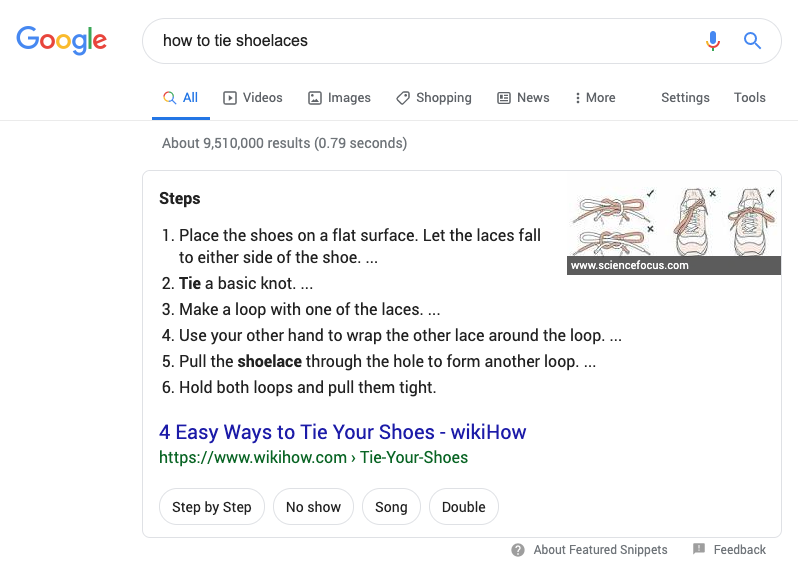
On the other hand, if they’re searching for “buy shoelaces”, the search intent here is transactional. They’re not looking to read a blog post at this point — they’re looking to make a purchase of a specific product.
If you wanted to capture this traffic, you’d need to create an e-commerce product page — where they see prices, reviews, product descriptions and are able to make a purchase.
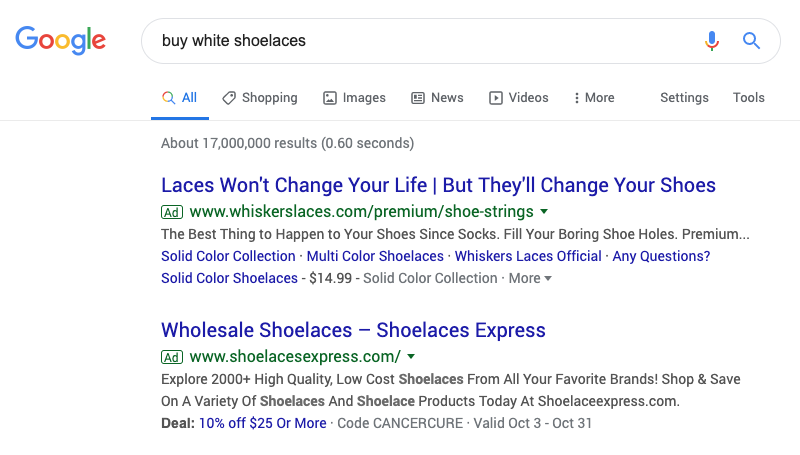
In essence, keyword intent uncovers the purpose of the search.
Also, it’s important to know the different types of keyword search intent you’ll be creating content for. This will help you understand which ones to prioritize to achieve your immediate goals.
For instance, if brand awareness is your primary goal, you want to start creating educational (informational) content so you can attract people looking for information and make them aware of your (client’s) business.
But if driving sales is your immediate goal, then you want to rank for transaction-related keywords to attract ready-to-buy customers.
Overall, understand the different types of keyword intent to create content for — so you can rank for the right keywords that’ll help you hit your goals. Read on to discover the different types of keyword intent you should use to map out your content marketing strategy.
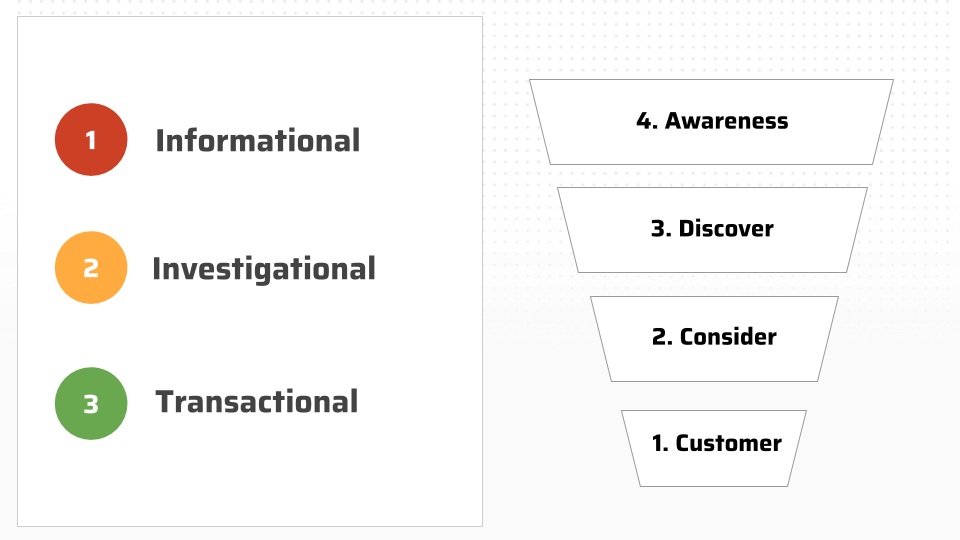
3 stages of keyword intent
There’s a few types of search intent models, but to simplify things I’ll break it down into 3 stages.
1. Informational intent
As the term implies, this describes the intent of a searcher seeking a solution, topic, concept, and so on. Examples include:
- How to…
- Why…
- What is…?
Note that content you create for informational purposes attracts top-of-the-funnel visitors. Prospects at this buying stage rarely convert into customers — since they’re only seeking information, meaning they are not ready to make a purchase decision.
Yet, it’s still important to create content for these unready-to-buy prospects to build familiarity with them. When they are ready to make a purchase decision, they’ll naturally remember you taught them what they needed to know and can trust you enough to want to buy from you.
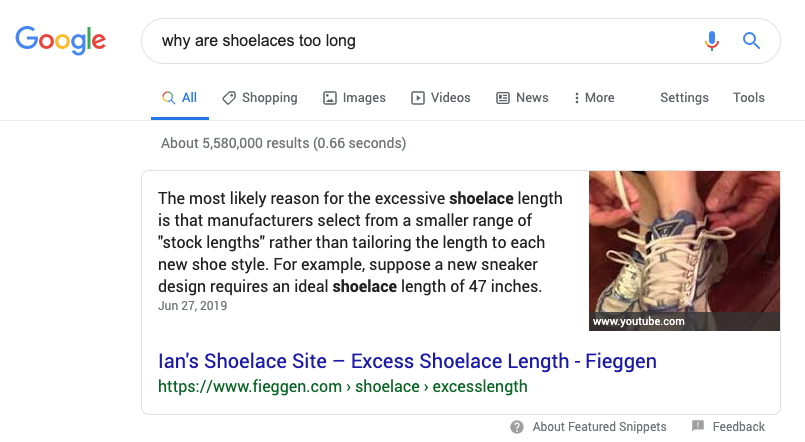
2. Investigational (Navigational) intent
This is when searchers are seeking a background check or criteria on a particular product or service — usually when they’re making comparisons among multiple solutions and weighing the pros and cons of each to determine fit. Examples include:
- The best…
- Reviews of…
- The Top 10…
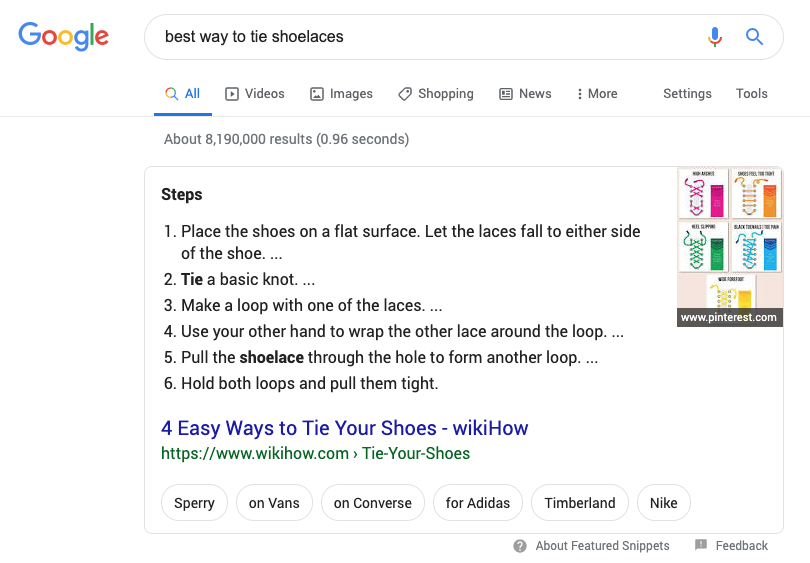
3. Transactional intent
As you would guess, this is the type of intent searchers have when trying to make a purchase decision. Examples include:
- Buy now
- Discount…
- The cheapest…
These types of search intent most often lead to conversions as the searcher has reached the buying stage.
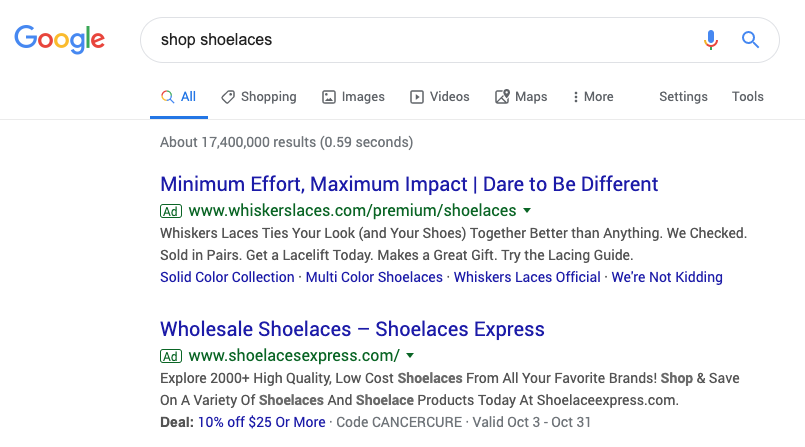
Altogether, these three types of intent help you create the right content for prospects in top (awareness), middle (discovery) and bottom-of-the-funnel (consider/customer) stages.
Understanding searcher intent is a start, but if you stop here your content will never perform to it’s potential.
Keyword intent is not enough
It’s easy to assume the intent or reason users are searching for anything on Google, and your assumptions can be right.
But beyond what you think is the reason for a search, you also need to understand what search engines are thinking.
For example, you know the intent behind the search term “how to get rid of pimples” is informational. So you know you need to create educational content for it, like a blog post — in order to rank.
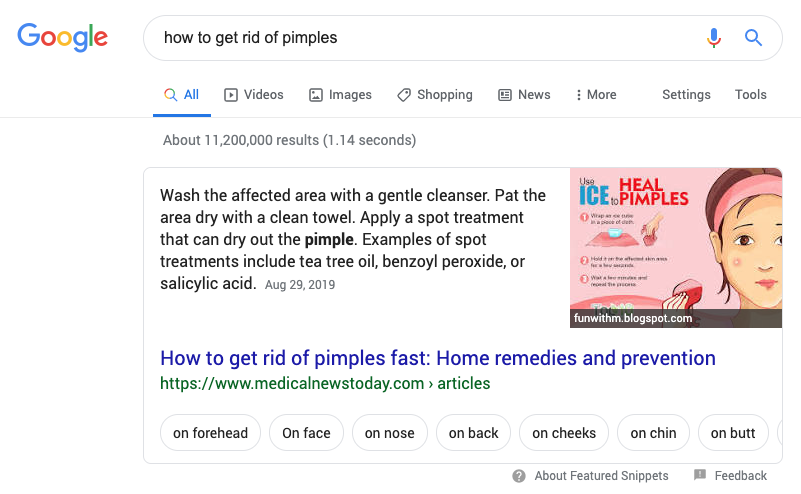
If you’re only mapping search intent, you’ll never rank for this query.
Google won’t rank your content because it’s not addressing what they know is the real intent behind the keyword. So the challenge here is to find what Google sees as the real intent for it.
In other words, to rank in search engines, you have to make sure what you think a searcher’s intent is what Google thinks it is — and here’s where SERP intent comes in.
Introducing…SERP Intent
Google’s algorithm keeps changing and modifying itself based on how searchers are behaving or responding to search results.
For instance, suppose that when people search Google for “how to get rid of pimples”, they keep clicking on search results that have “fast” in their titles.
Google’s algorithm is now so smart that it’d understand searchers want to get rid of pimples fast, since that’s what they’ve been clicking the most.
So it would start pushing more content that has “fast” or its synonyms in their titles up in the SERPs — because it’s obvious to it that searchers don’t only want to get rid of pimples, they want to do it fast.
It’s why you see “fast” in almost all the results when you search for the term.
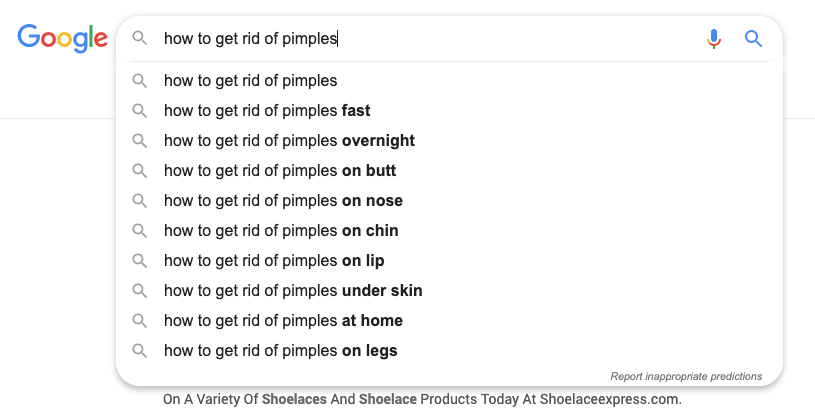
This means if you create content on getting rid of pimples but don’t include “fast” or any of its synonyms in the headline, your content will likely never rank.
Simply put, Google tells us searchers’ true intent simply by what’s ranking in the SERPs .
Essentially, you need to see what Google is ranking for each of your target keywords.
If the SERPs are returning results with numbers in the titles, you’ll need to adjust your content type to formatted as a list.
Or if you’re trying to rank for “how to get rid pimples”, you need to adjust your targeting to focus on “how to get rid of pimples fast”.
Get the idea? Go beyond knowing keyword intent and understanding the SERP intent of the keywords you’re trying to rank for.
SERP Intent: What does it mean?
SERP intent is a method to build content based on what Google is telling you about a particular keyword search.
But why should you care about SERP intent? Here are a few reasons:
- It helps you understand what a searcher is really looking for
- It helps you refine and modify your keyword and content targeting to match a searcher’s true intent
- It helps you understand the exact type of content to create
This short video should help to break down SERP intent more clearly.
Let’s look at a few more examples to understand SERP intent better.
Example 1: “How to get rid of pimples”
Understanding keyword intent helps you know this is a top-of-the-funnel, informational intent topic. Naturally, creating a blog post or guide is your best response to it.
But if you look at the SERP intent for this topic, you’ll find that you need to fine-tune your title and content structure, gearing it toward teaching methods to rid pimples FAST or overnight — since Google is ranking content with fast in their titles.

Example 2: “Cheap protein powder”
It’s difficult to tell from this search term whether the keyword intent here is informational or investigational, because it’s not clear whether the searcher wants to see some brands with cheap protein powder or wants to buy some cheap protein powder.
Or maybe they’re even looking for something else entirely.
In this case, Google is not showing a specific SERP intent — because the results are mixed, including both transactional and informational intent types.
So even after viewing the search results, it’s a bit of a struggle to pinpoint the searcher’s intent.
But here’s what you can do – look for patterns in the SERPs.
For example, Google is ranking bigger sites on page #1 for transactional queries on protein powder and smaller sites for informational intent on the term. That’s a pattern you can spot. It takes a bit of common sense and thinking, but these patterns are not hard to find.
So if you’re working on a big site, and you’re trying to rank for this keyword, you want to create product pages to rank for keywords with commercial intent. On the same note, if it’s a smaller site you’re trying to rank, create educational content.

Example 3: “How to build a podcast”
The keyword intent here is informational. But to me, the word ‘build’ seems ambiguous; it is not clear what precisely people want to know. Is it:
- How to build a podcast by promoting it to reach more people/customers?
- Or how to start/host/launch a podcast?
So again, you can’t just assume the keyword intent here since there could be more than one reason for the search. You want to look for the SERP intent here — that is, the type(s) of intent Google is ranking on page #1.
SERP intent: How to build a podcast
When you search this query in Google, you’ll find that they are ranking content with “start” in their titles.
This means Google has found that searchers are looking for how to START podcasts and not how to market/promote or grow an audience.
Unlike what you saw in the previous example, this is a focused SERP type. All results are focused on how to start (or launch) a podcast.

Important note: Besides just creating content based on SERP intent, also consider the business you’re working for. The SERP intent you’re targeting must be able to generate revenue (or achieve any other goal you set) for the business.
For example, if you run a marketing agency, your target customers may not be looking for information on how to start a podcast but on how to promote, grow, and scale their podcast program. So that’s the intent you want to create content for.
On the other hand, if your brand (or client) sells a podcast hosting platform, then you’re better off tailoring your content squarely to people looking for how to START a podcast.
Counting the SERP intent
One highly effective way to deal with both mixed or focused SERPs result is to count the SERP intent. Yes, in the real sense of the word, count.
Literally, go to the SERP of any keyword you’re trying to rank for and count the number of intent types that Google is ranking there.
For example, for how to get rid of pimples, all results have fast in their titles, but more specifically, there are:
- 4 results with how to…fast…overnight in their titles
- 3 results with how to…fast in their titles
- 1 result with how to…in its title
Counting the SERP intent this way simply shows you how Google is prioritizing which content to rank, so you can get more specific about which keywords rank better.
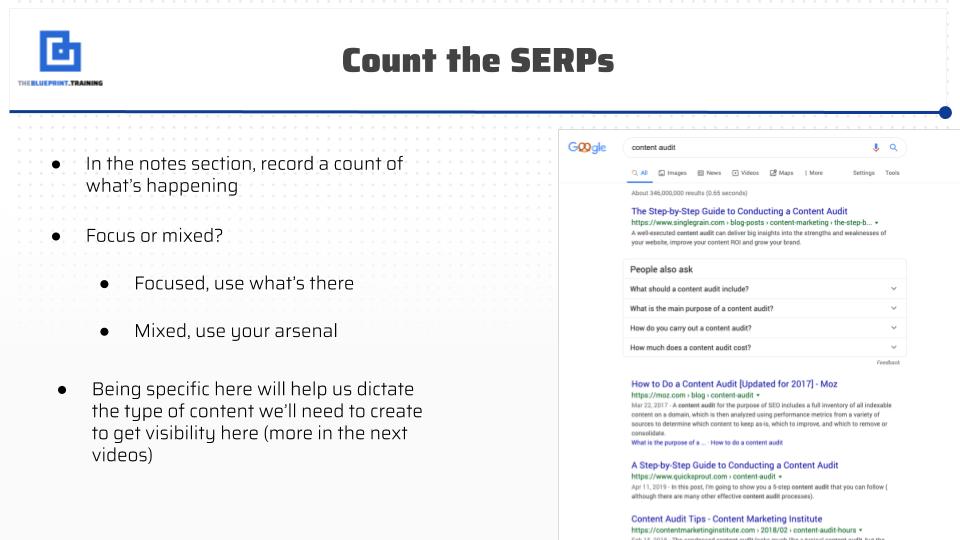
I have this all broken down in ridiculous detail in the video on top of this page. If you need more context, please watch it.
showing you how to map out your entire content marketing strategy so you can rank for relevant keywords and drive traffic to your (client’s) business.
Here’s a sneak peek:
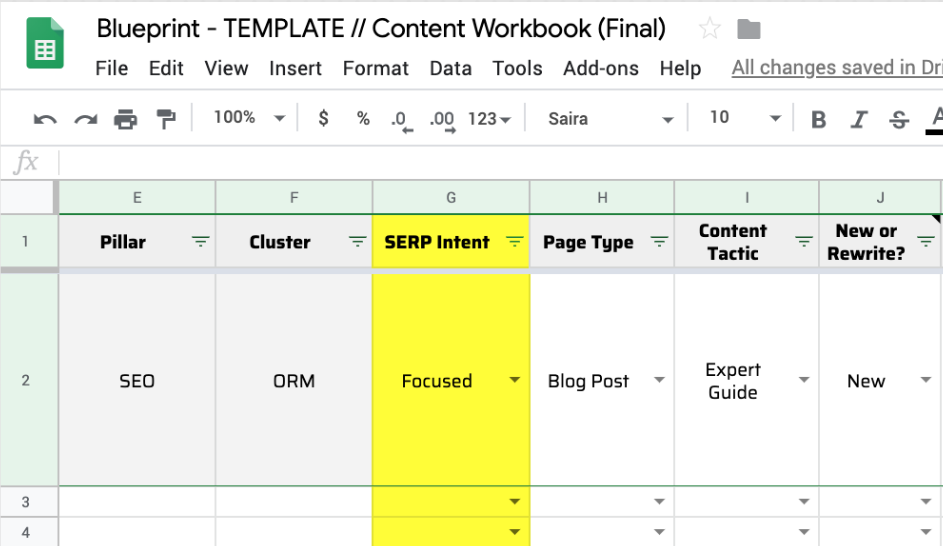
Notice the SERP intent column, colored in yellow, where you can choose what type of SERP intent you’re dealing with per content piece. This means for every keyword you plan to rank for, you can get ultra specific about the type of titles that Google ranks.
Furthermore, you can select the content tactic to use for every keyword you’re targeting — whether it’s a guide, roundup, gated content, or other content tactics. Here’s how that looks:
Wrapping things up
As an SEO expert or newbie, you need to really understand SERP intent and begin to use the techniques I’ve shared above.
You’ll get more specific about the content you should be creating and find it easier to rank for keywords that matter to both your client’s business and their customers.
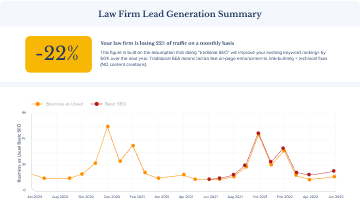
Your Website Is Losing Money!
Find out how many leads your website SHOULD be getting through our Traffic Projection Analysis.
FIND OUT MOREIs Your Website Costing You Clients?
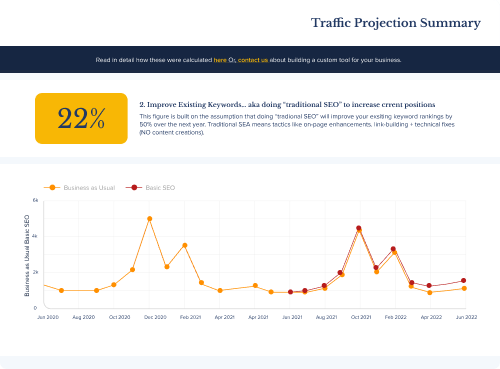
Is Your Website Costing You Clients?
Find out how many new cases your website SHOULD be getting through our Traffic Projection Analysis.
A data driven analysis that accurately forecasts how much traffic (and cases) your website should be getting from Google each month.
BOOK MY ANALYSIS